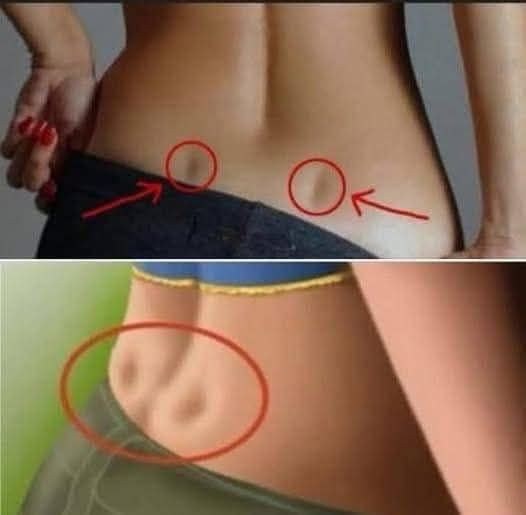 What Are Venus Dimples? The Science and Story Behind This Fascinating Trait
What Are Venus Dimples? The Science and Story Behind This Fascinating Trait
If you’ve ever noticed small indentations on the lower back, just above the buttocks, you’ve seen what are often called Venus dimples—sometimes referred to as “back dimples.” To many, they are simply a striking physical feature associated with symmetry and beauty. But behind their appearance lies a fascinating connection to human anatomy and the way our bodies are structured.
Medically, these indentations are known as the dimples of Venus, named after the Roman goddess of love and beauty. Their placement is not random: they form exactly where the skin attaches to a key point on the pelvis called the posterior superior iliac spine. This attachment creates a gentle inward pull on the skin, which results in the distinctive dimpling effect. Unlike muscles that can be strengthened or reshaped with training, Venus dimples are entirely structural—an outward reflection of the way bone, skin, and connective tissue interact in that specific area.
Not everyone has them, and their presence depends largely on individual anatomy. Some people are born with Venus dimples because of the natural shape of their pelvis and the way their skin anchors to it. Others may not have them at all, which is equally normal. Body composition also plays a role: Venus dimples tend to be more visible in individuals with lower body fat, which makes the skeletal landmarks beneath the skin easier to see.
It’s important to note that these dimples cannot be “created” through exercise or fitness routines. Since they are not connected to muscle development, no amount of core training, weightlifting, or targeted workouts can produce them. Their appearance is determined almost entirely by bone structure and genetics.
Culturally, however, Venus dimples have taken on a life of their own. In many societies, they have been associated with attractiveness, balance, and even vitality. Within fitness and fashion communities, they are often highlighted as a desirable feature that enhances the natural contours of the lower back. This perception has only increased their visibility, even though they serve no functional purpose in terms of health or physiology.
From a medical standpoint, Venus dimples are simply a benign anatomical variation. They don’t signal any advantage or disadvantage, nor do they influence mobility, strength, or well-being. Their value lies mostly in how people perceive them—an aesthetic detail that adds to the remarkable diversity of the human body.
So, if you happen to have Venus dimples, consider them a unique hallmark of your natural build, one that countless people find captivating. And if you don’t, know that their absence is just as normal. They are neither a marker of fitness nor a reflection of beauty’s true measure—just another reminder of how fascinating and varied human anatomy can be.
 What Are Venus Dimples? The Science and Story Behind This Fascinating Trait
What Are Venus Dimples? The Science and Story Behind This Fascinating Trait